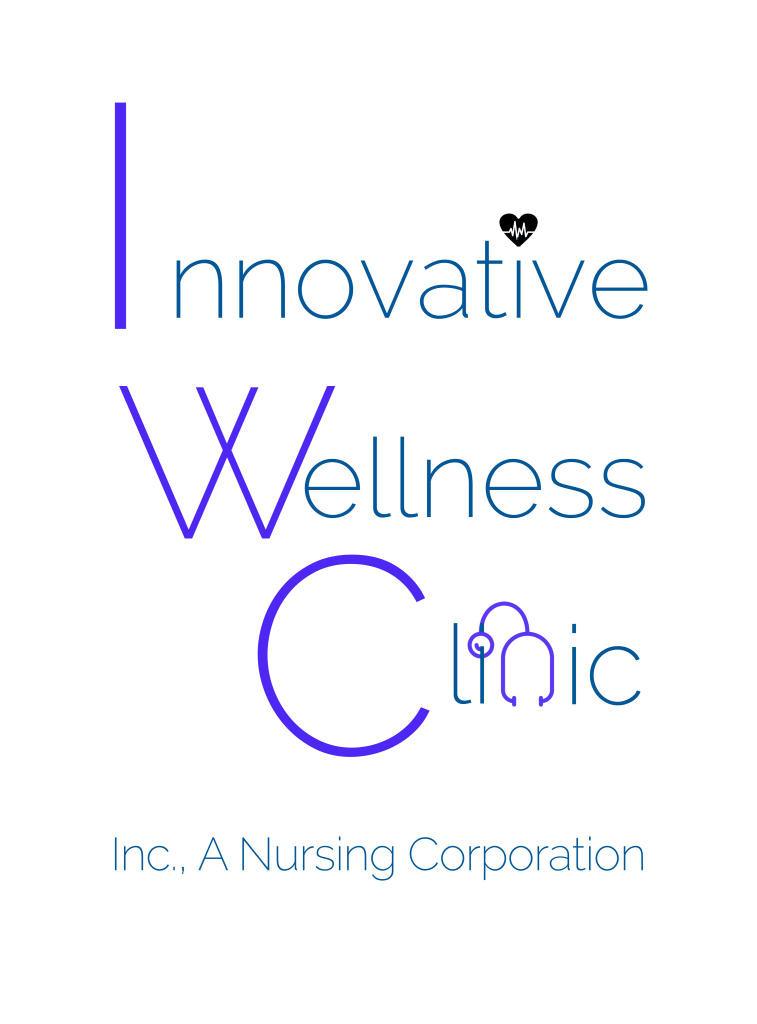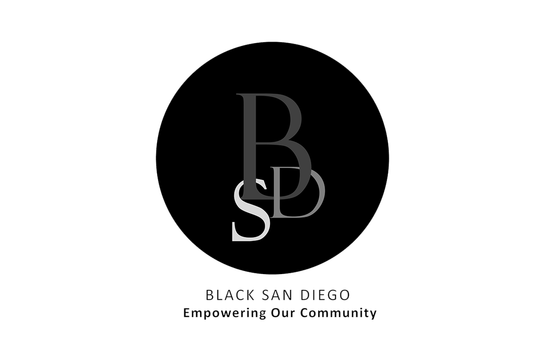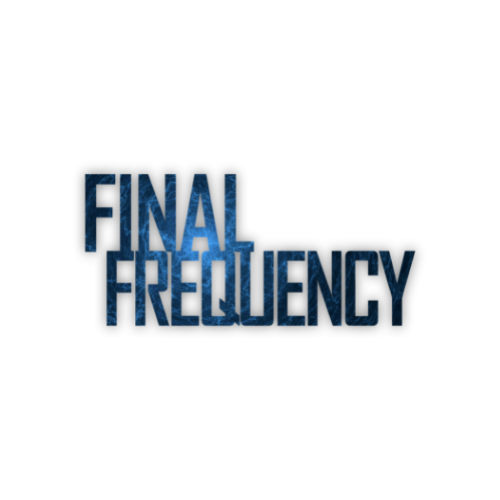
This Isn’t Neo’s Matrix (the Eisenhower Decision Matrix)
T3: Optimize Your Time, Talent, and Treasure
By Courtney S. Dade, CEO, Chief Strategist, CSD Marketing and Consulting
Trinity: I know why you’re here, Neo. I know what you’ve been doing… why you hardly sleep, why you live alone, and why night after night, you sit by your computer.…I know because I was once looking for the same thing….I was looking for an answer. It’s the question that drives us, Neo. It’s the question that brought you here. You know the question, just as I did.
Neo: What is the Matrix?
Trinity: The answer is out there, Neo. It’s looking for you, and it will find you if you want it to.
At first, it plays out like this scene quoted from The Matrix, a 1999 science fiction film written and directed by the Wachowskis, produced by Joel Silver, and distributed by Warner Brothers Pictures.
The mysterious female character, Trinity, speaks to protagonist hacker, Neo, through his computer, introducing the great mystery that would enthrall audiences, earn Academy awards, and launch a franchise: The Matrix.
But wait. I’m not writing about that matrix, although it’s one of my all-time favorite sci-fi movies. No. I’m talking about the far less elusive but equally impressive Eisenhower Decision Matrix.
Because, in another world, in another set of circumstances, Neo could very well be unable to sleep, living alone, night after night, in front of his computer seeking an answer to the question that drives us: “How in the heck am I going to get all of this crap done?!”
A Strategic Approach to Time Management

Some people rely on their memory or their gut to decide what to do each day. That method can’t last very long, particularly if you’re seeking growth or expansion.
A better approach would be to make a list of what needs to be done. Some wait until the morning of to write down what needs to get done that day. Others will work on their task list the night before.
The best-case scenario is to know what needs to be accomplished during the month. Then, break it down to weekly tasks, and finally your daily to-do lists.
Ideally, however, there is a step that needs to precede the creation of lists. You must first acknowledge that all tasks are not created equal. They are not equally important, or critical to achieve your goals. This means your personal as well as professional and business goals.
The question is, how do you go about editing your to-do list so that you are spending your precious time on tasks that are the most critical?
Enter the Matrix, The Eisenhower Matrix, that is
According to Corporate Finance Institute, The Eisenhower Matrix is a graphical tool to prioritize tasks by ranking them on two areas: importance and urgency. It’s also known as the Eisenhower Decision Matrix, Eisenhower Important/Urgent Matrix and the Important/Urgent Matrix.
Interesting fact: Its name comes from General Dwight David Eisenhower who was the 34th president of the United States, the Supreme Commander of the Allied Forces during World War II, and the first Supreme Commander of NATO when it was launched after the war.
Eisenhower was credited with saying, “I have two kinds of problems, the urgent and the important. The urgent are not important, and the important are never urgent.” (But Eisenhower attributed the quote to an unnamed former college president.) Someone took him at his word, and, voila! The Eisenhower Matrix was born.
It’s all about the placement
Instead of creating a linear list of all the things you think you need to do with the precious little time that you have, the Eisenhower Matrix has you plot your tasks on a framework that elevates the most critical tasks.

Urgent and Important: Do First
Important to the overall mission of the organization, and critical to be completed in a short span of time.
Example: Meeting a potential new client for the first time to determine chemistry and fit.
Less Urgent but Important: Schedule
Important to the overall mission of the organization, but not critical to be completed in a short span time span.
Example: Earning a certificate of expertise for a software application that you use to support your clients.
Urgent but Less Important: Delegate
Should be completed in a short time span, but not critical to the overall mission of the organization.
Example: Following up on a client’s request for contact information to explore another product or service you recommended.
Neither Urgent nor Important: Don’t Do
Neither contributes to the overall mission of the organization, nor needs to be done within any specific time frame.
Example: Preparing a written monthly legacy report that has been routinely produced for years, but the information is not requested or used by anyone in or outside the organization because it is now available on demand in the cloud.
This system helps you to reduce waste and focus your time on what is most important and urgent. Still, that’s pretty subjective, and you can get yourself in trouble by overrating or under-valuing the tasks that you perform.
Business leadership and self-improvement guru Stephen Covey adds another layer to the Eisenhower Matrix to help make sure you’re placing tasks in the correct quadrant.
The clock and the compass

In First Things First (1994), Covey, along with, colleagues A. Roger Merrill and Rebecca R. Merrill, promote the idea that it’s not just about time; it’s also about values. They use the analogy of the clock and the compass, where the clock represents time, and the compass represents your “true north”—those actions, tasks, and activities that align with your values, your personal as well as professional and business goals and objectives.
By determining what goes into which quadrant by being mindful of your values, goals, and objectives, you will give appropriate weight and importance to things like family time, self-improvement, fitness, spirituality, and philanthropic or volunteer work.
It’s most likely that these priorities will land in quadrant 2, “Schedule”, but they will not be neglected or worse, forgotten. They will be given appropriate prioritization, and help you manage your time sufficiently to achieve a healthy life balance.
Final thoughts
So, what do we do with a valuable resource like time? Well, we manage it, of course. Maybe you won’t immediately use worksheets to place your tasks in the Eisenhower Matrix, and maybe you aren’t quite ready for the discipline it takes to maintain a FranklynCovey planner. But you can definitely somewhere.
What’s important is that you recognize that time is in fact a resource that has value. And just like you can’t print more money when you run out of your own supply, you can’t create more hours in a day or days in a week. It’s important then, to make wise use of the time that we have. And we can be more effective and frankly happier when we make values-based decisions about what is a priority that go beyond the walls of our office, the screen on our laptop, or the business we run and operate.
Time is a key ingredient, and therefore an important consideration in all aspects of our lives.
CSD Marketing and Consulting can work with you to identify your values, goals, and objectives and ways to work smart and have time to live a more balanced life. Contact us, especially if you think you can’t find the time to do so!
Now, back to Neo…If you’re a Matrix fan like me, you’ll be thrilled to know that a fourth Matrix film is rumored to be coming out in May 2021. In the meantime, ‘The Matrix‘ is currently available to rent, purchase, or stream via subscription on Vudu, DIRECTV, Rebox, Apple iTunes, YouTube, Google Play Movies, Microsoft Store, Amazon Video, HBO Max, FandangoNow, and AMC on Demand. Are you ready to enter the Matrix?
























